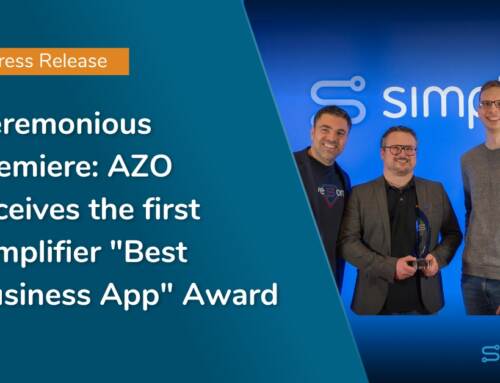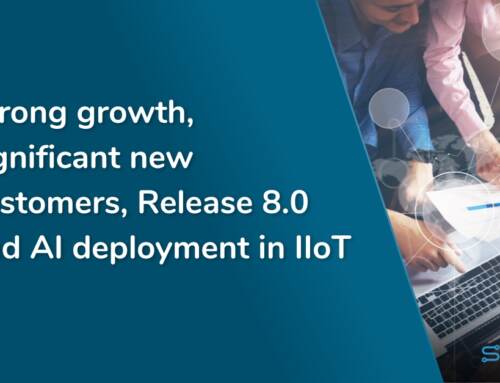New version focuses on teamwork and automation
Simplifier AG (formerly iTiZZiMO AG) (corporation) has released a new version of its low-code platform Simplifier. The highlights of Release 4.0 include efficient teamwork functions and improvements in the testing.
Time-consuming coordination and delays caused by the fact that only one user can edit the application – such scenarios have become a thing of the past with Release 4.0 of Simplifier. Simplifier is the only low-code platform worldwide with a collaboration mode. Now several users can work simultaneously on one application within the UI Designer. Thanks to the new autosave function, no changes are lost. Each user works with the current status of the application. It is also possible to save user stories separately. Simplifier shows which user is working in which User Story to enable conflict-free working in the Process Designer.
Automated tests with OPA5
The testing area has also been extended with some new features. In order to improve the testing of connectors (interfaces) and business objects, a historical data base was created. Input parameters and results for the test procedures are automatically stored and archived here. The user is shown in color whether a check was successful or not. If necessary, you can repeat tests again using the historical record. To reduce the manual testing effort of applications, users can create automated tests using OPA5 technology. An absolute novelty in the low-code market is the connection to an automated German test cloud. This allows the application to be tested automatically on different browsers and operating systems. For developers, this feature means greater efficiency through greater automation of work with Simplifier.
Release provides high user experience
“As already in the previous versions, with Release 4.0 we focused on the user centric innovations and modifications”, says Simplifier-CTO Christian Kleinschroth: “The work with Simplifier should be efficient and go hand in hand with a high usability.” “Simplifier should be a very powerful tool for all users”. This is another reason why, for example, dashboard displays and all component list views have been revised. Likewise it is now possible to switch directly to the editing mode of applications, connectors and business objects via usage lists.





